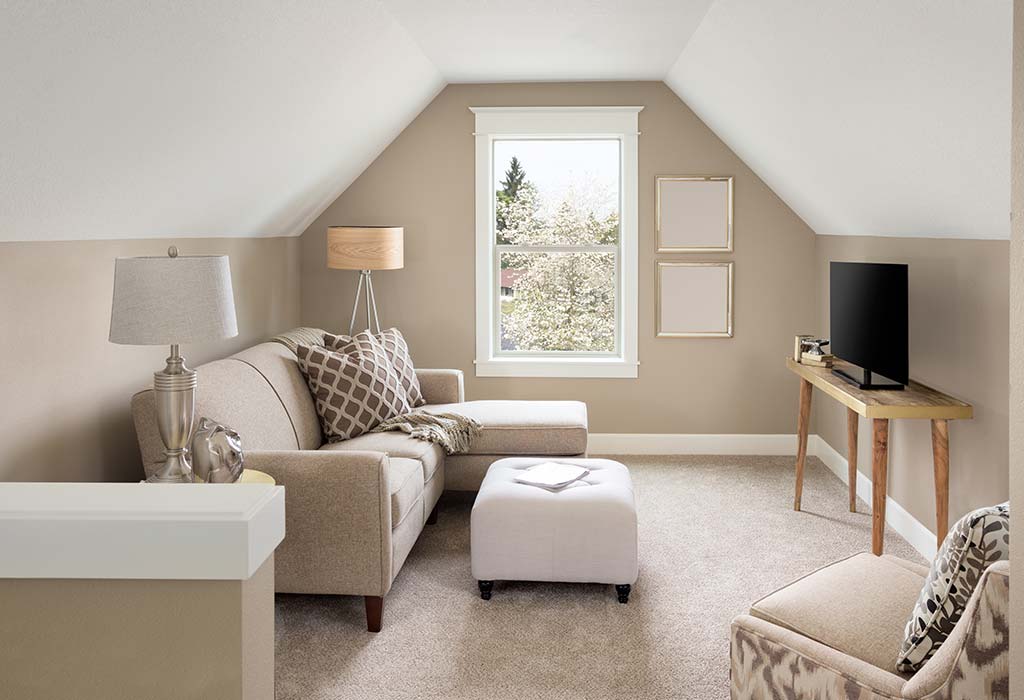Whether your budget is big or small, the cost of a home renovation can quickly get out of control! Some renovations, however, are worth the cost and even increase the value of your home, such as custom windows and doors. I’ve gone through two budget-friendly kitchen renovations in the past three years, so I wanted to share some tips that can help you achieve and manage a renovation that works for your home and budget. HardHat Renovation Guys provide a free cost estimate for your home renovation.
1. Create and Stick To a Budget
Before we get started, I wanted to talk about what a “budget renovation” means. The word “budget” isn’t synonymous with cheap. Whenever you spend money, it’s a good idea to know how much of your total income or savings is allotted for the purchase, whether it’s simply a meal out, or something big like a new stove. If you’re planning to do work on your home, I recommend starting with a dollar amount that you’re able to spend before you begin making design choices. Then you can price fixtures and materials and begin to get a grasp on what will work with your budget and what won’t.
When I began my project, I created a spreadsheet and simply added everything I knew we wanted to buy. I added my flooring choice (calculated to include waste), lighting, faucets, paint, countertops, cabinet hardware, outlets and switch plate covers, tile, grout, appliances, and more! I had to make calls to get quotes for materials and labor, and even added tax to my budget sheets. After my spreadsheet was created, I could see areas that were eating up a lot of my budget, and then make adjustments by choosing less expensive materials, or deciding to cut out items altogether.
When you make a budget for your project, it’s a good idea to allow for unexpected expenses. Some say to reserve 10% of your budget for flexibility, but the choice is up to you! If you’d like to read more about my experiences, I wrote a blog post about planning a budget kitchen renovation when we did our first shoestring-budget kitchen makeover.
2. Pay Cash
It might sound simple, but paying for your project with money you already have will save you a significant amount of money you’d end up paying in interest if you take out a loan or put things on a credit card that you can’t immediately pay off. If you’re renovating in order to sell your home, it might make sense financially to take out a loan when you know there will be a return on your investment and the loan will be paid off quickly. But in general, paying in cash is the best way. If you can’t afford it now, begin thinking about ways you can trim your household budget to save money for your project.
3. Take Your Time
Waiting for the money to renovate isn’t always a bad thing, because time is your friend when it comes to planning a renovation! If you have the money, it can be tempting to gut and renovate your home all at once, but it can be overwhelming to make a lot of good and cohesive design decisions when you’re factoring in so many things! If you rush things, you’ll most likely regret some of the choices you make.
I recommend starting with one or two rooms and finishing those before moving on to other areas. For one thing, most people find it difficult to finish a project before moving onto the next thing. Prioritize what will be the most intensive project and do it first, otherwise it may drag on for years! If you force yourself to finish one project before beginning another, you won’t have to live in a house full of unfinished rooms. Also, from a budget standpoint, beginning with only one or two rooms is smart because if you run into unexpected expenses, you can deal with them without having to halt work, take out a loan, or make huge compromises in other spaces.
4. Do It Yourself
Obviously, this is one of the most effective ways to save money during a home renovation. If you’re thinking, “I’m not handy, so this tip’s not for me,” well, think again! You may not be able to put up drywall, or even feel comfortable laying tile, but there are some things you can do to prep your space before a crew comes, because remember you’re paying a crew per hour, regardless of how skilled or unskilled the task. If you can demo the space, clean up, prepare surfaces (like scraping off mastic on the floor and skim-coating walls), and paint, then you’re one step ahead.
If you have moderate DIY skills, and want to take it up a notch—now’s the time! YouTube is your friend. As long as you have the availability to learn a new skill, and take your time to do it right, your determination is your biggest asset. If you don’t have the tools required, renting them from a local hardware store will still save you quite a bit of money, versus hiring someone to do the work for you. Plus, rental tool due-dates are great motivators to finish a job!
If you’re planning to do a lot of work yourself, be aware that there are things you should not do yourself if you aren’t licensed, such as electrical work or moving utility lines. If you are skilled enough for a job like tearing down walls and installing load-bearing beams, be sure to get a permit. This will keep you from getting into trouble, and it will also protect future inhabitants of your home.
5. Reuse Materials
The biggest way I saved money in both of my kitchen renovations was by reusing cabinetry and some appliances. If you need more than paint and new hardware to be happy with your kitchen cabinet doors, then be aware that you can still save a lot of money by refacing doors to change the style, or even replacing the doors but leaving the cabinet body in place.
Even if you can’t reuse anything preexisting in your space, you can buy material and fixtures from salvage yards, Habitat for Humanity ReStores, and even at building material auctions. Don’t forget about buy/sell/trade websites too! Sometimes people are moving and need to sell perfectly fine appliances quickly, or you may end up finding a load of lumber leftover from someone else’s project.

